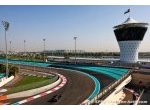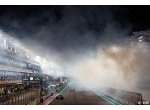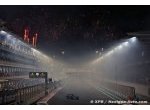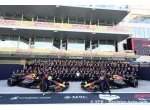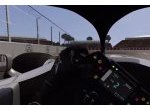The logistical challenge of Monaco
"One of the most challenging"
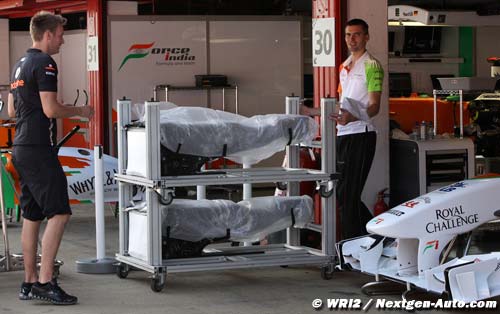
The Monaco GP may be the most glamorous and spectacular race on the calendar, but for those involved in the teams it is also one of the most challenging events of the season, thanks to the logistical complications.
As last year preparations for Monaco have been made even more difficult by the race running directly after the Spanish GP. Monaco may only be 700kms away from Barcelona, but because practice starts a day early, moving the equipment from one race to the other and getting everything set up is a huge task.
At Force India the man in charge of ensuring everything goes to plan is Race Team Co-ordinator, Franco Massaro.
“Monaco is one of my favourite races because of the atmosphere,” he says. “It is different from the majority of places we go to, being a street circuit and where it is. It’s also the one I’d choose to miss!
“The main part of my job is logistics and getting everything there and set-up and ready to go, and Monaco is one of the most challenging. That said, once we reach Wednesday night and everything is set-up, you can wind down a little bit until Sunday after the race when the flag drops. And then it’s all mayhem…”
The biggest problem at Monaco is the lack of space. The situation was improved when the pits were rebuilt. Teams now have normal garages, as at every race, whereas before cars were kept under awnings in the paddock and moved to and from the pitlane. Nevertheless the new pits are small and there’s little room in the paddock, so a lot of thought has to go into preparing for the race.
“Normally we have five vehicles going to every event. We’re doing Monaco a little bit differently this year. Every year we try and gain a little bit of experience from the year before, and look at ways of improving it. And because of the logistics and the problems of getting trucks in and out, we’re taking one less truck this year.
“We’re sending two back home from Barcelona – they are workshops and they don’t take a great load - and bringing an additional truck out, which is a bit more versatile and we can load more equipment on it. It’s a very basic open trailer. That came to Barcelona on Saturday night, and it will take all the bits off the other two trailers. So we end up in Monaco with one less trailer.”
Whereas normally the engineers would be based between sessions in one of the trucks, instead they are in an office above the pit garage.
The priority is to get the equipment needed to set up the garage to Monaco as soon as possible, with the cars and spares and so on arriving later.
“Two trucks go to Monaco first thing Monday morning with the garage set-up equipment, and the other two will arrive in Nice Monday night. They have to wait in a holding area before being called down into the pitlane when there’s space. The cars are on one of them, and the other one will then end up in the paddock, next to the harbour. That’s our spares truck.
“We’re only allowed one in the paddock, whereas normally it would be three. It means that a lot more equipment goes into the garages, and they’re not that big, they’re very, very tight. You have to come up with ways of condensing the equipment down.”
With only one truck in the paddock, the other three are spread around three different locations: “You end up storing some things in the garage, some things in the trucks, and you go and get it when you need it. One will end up in the multi-storey car park – where the GP2 teams are – and another is in an area beyond the far end of the paddock where they reclaimed some land a few years ago. And the fourth is parked outside Monaco, just where you come off the motorway. That will contain things that you’re not going to need in an emergency, because you need time to get up and get back.”
Franco is not directly involved with moving the team’s hospitality building, but that also requires a lot of work, not least because of the time involved in taking down in Barcelona and rebuilding it.
“They’ve got about eight people to break it down, and it takes about 16-18 hours after a race. There are six trailers involved, so that’s 12 drivers. They will arrive Monday night in Monaco, but they won’t necessarily be allowed into the paddock straight away, because the motorhomes have to be built in order. It might be Tuesday before they even start the build, and then they’ll have another 18 hours or so before people can start to use it.”
As Franco says, the mayhem starts on Sunday night. With the streets packed with celebrating fans and normal traffic he has to move the trucks into place, get everything packed up, and set off the long trip back to Silverstone.
It may be one of his hardest weekends of the year, but Franco still enjoys the challenge: “It’s a team effort. I do the planning, but we need everyone else to make it work!”
